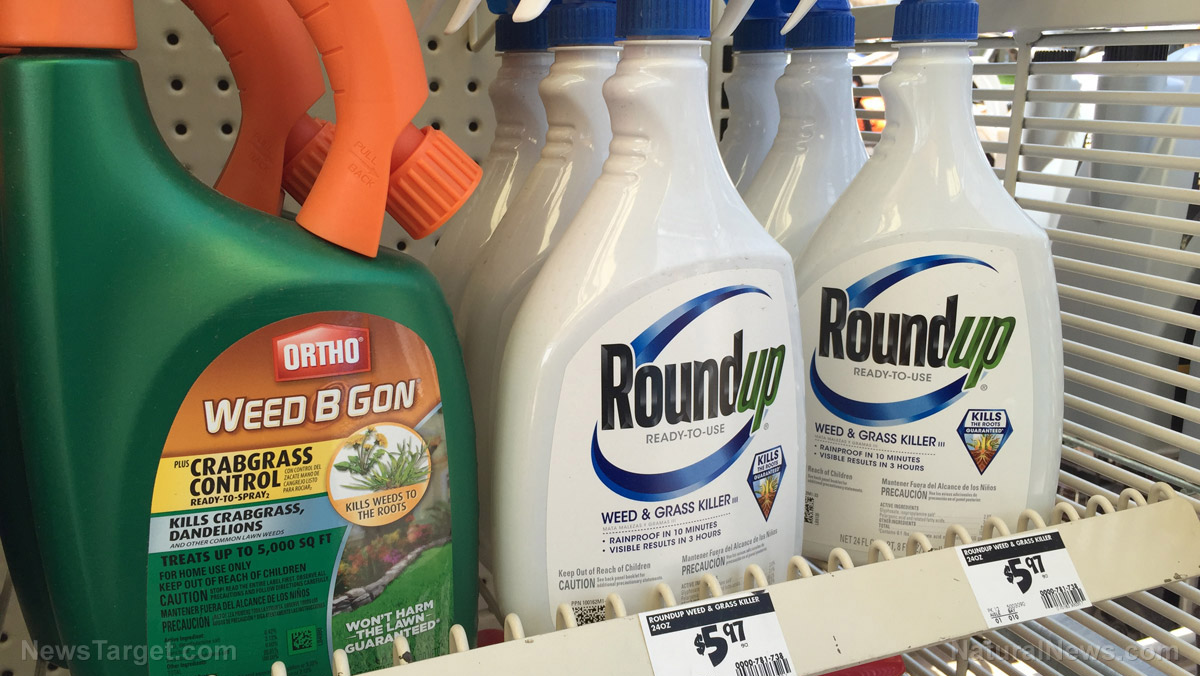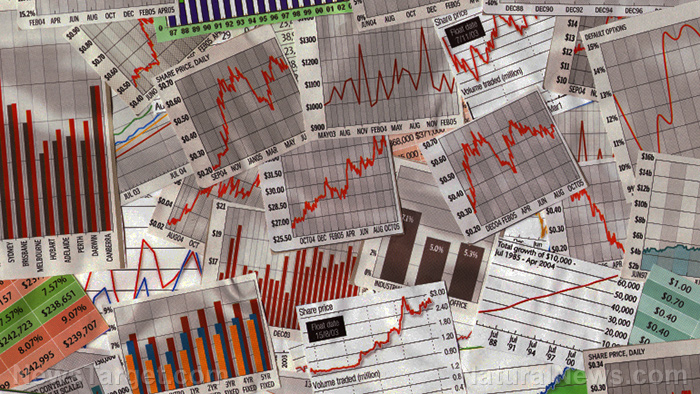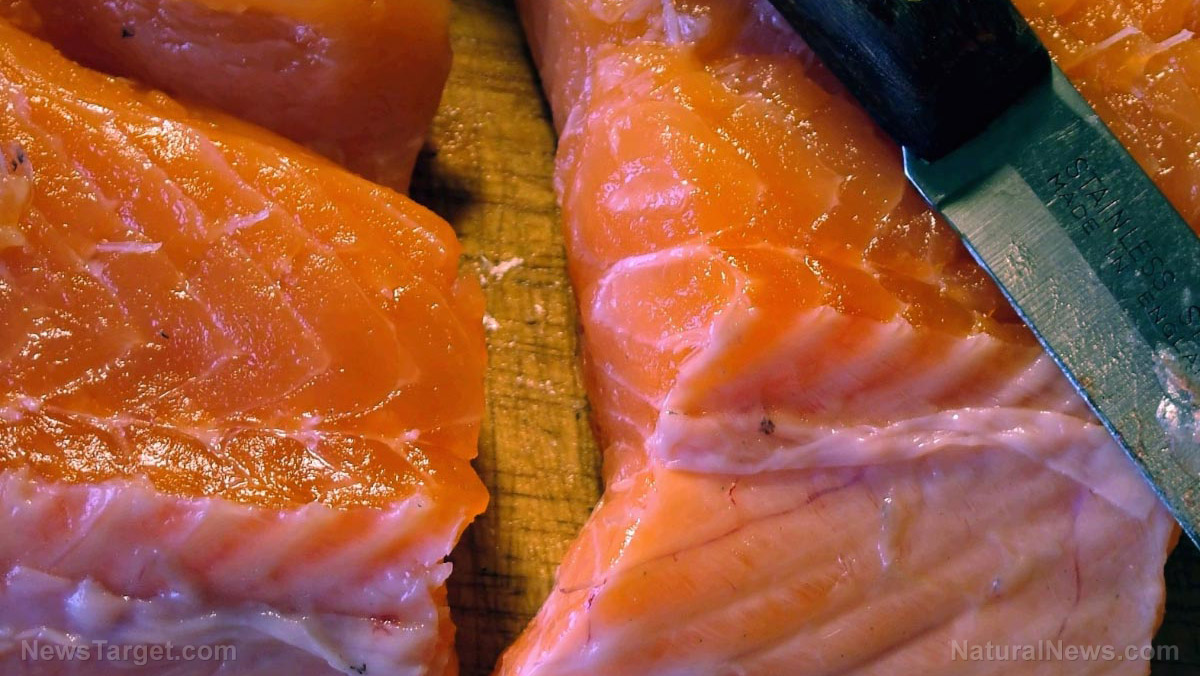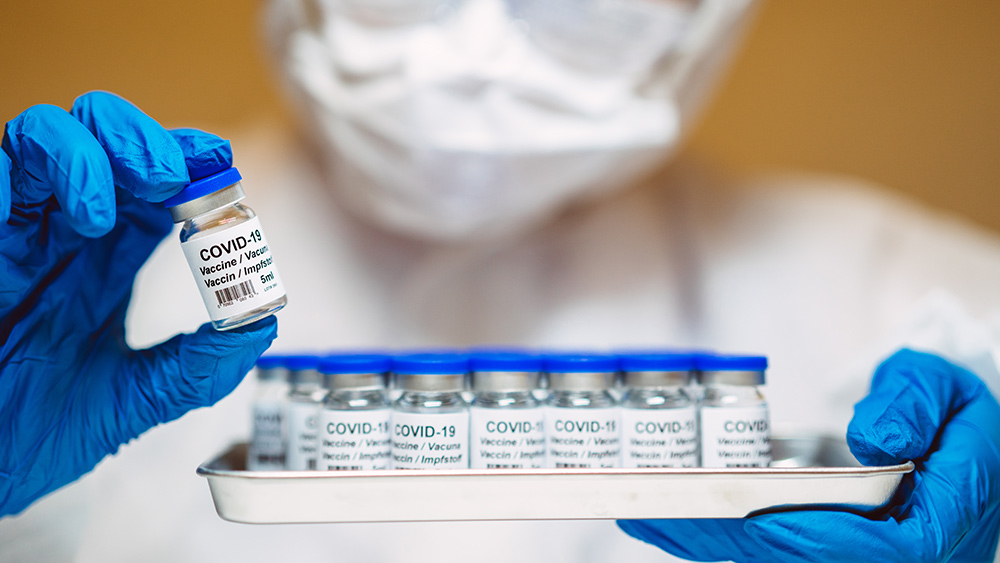 Parler
Parler Gab
Gab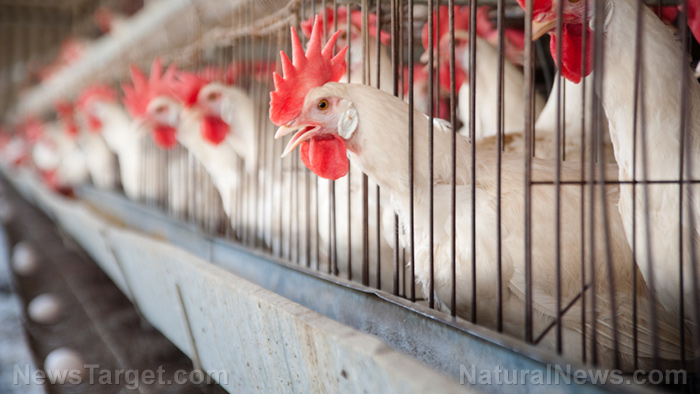
- Hickman’s Family Farms, one of the Southwest’s largest egg producers, lost 6 million chickens to bird flu in days, altering regional food supplies.
- Bird flu’s $5.12/dozen egg price tag highlights vulnerabilities in factory farming and centralized food systems.
- Experts warn of impending shortages and inflated costs as outbreaks underscore reliance on high-density animal facilities.
- Activists urge a shift to humane, eco-conscious agriculture amid industry “scare tactics” for profit.
“Crammed together, ground up or gassed”: The role of industrial chickens
“The real driver here isn’t a rogue virus—it’s our unregulated factory farms,” asserts Dr. Gail Hansen, a former Kansas epidemiologist. Hickman’s 2025 disaster traces directly to the overcrowded, stress-heavy conditions of modern poultry operations. Unlike free-range or small-scale farms, industrial producers house tens of thousands of birds in confined spaces, creating “perfect breeding grounds for pathogens.” The CDC acknowledges human cases are rare, with minimal risk to the public, yet the USDA and poultry giants continue framing H5N1 as an existential threat. “These facilities don’t just threaten chickens—they endanger rural communities and global food security,” says David Ortega, a food economist at Michigan State. Hickman’s CEO Glenn Hickman, while pleading for vaccine access, admits his own farms’ design worsened the outbreak. “We depleted 6 million birds in two weeks,” he confessed, noting containment efforts failed as infected hens infected entire herds in days. Critics argue that vaccine-dependent responses ignore the systemic flaws of industrial agriculture.The “bird flu vaccine” mirage
Hickman’s demands for USDA-authorized poultry vaccines—stymied by industry and bureaucratic roadblocks—expose deeper political clashes. While Zoetis received a 2023 “conditional license” for an H5N2 vaccine, it’s been inaccessible. Hickman noted that APHIS (USDA’s Animal and Plant Health Inspection Service) controls distribution. Critics emphasize that vaccines aren’t a solution: they’re merely a stopgap for the overcrowded conditions that industrial farms create. Industry insiders accuse pharmaceutical companies of stoking panic to sell vaccines, pointing out meat producers—who cull birds at 6 weeks—report fewer outbreaks. “They don’t care if our flocks survive two years,” Hickman charged, accusing meat cartels of blocking access to “keep their own profits intact.” Blame also points to the Trump administration’s $766M defunding of pandemic flu research, leaving the USDA without stockpiled vaccines or biosecurity. “We’re flying blind,” said Ortega. “The minute this outbreak was declared, we should’ve vaccinated millions of birds—not wait. But even if we had vaccines, they don’t fix the disease’s source: chaotic factory farms.”Costs beyond cracked eggs: Shifting cultural landscapes
The economic fallout for Arizona is immediate. Egg prices have surged 78% since 2022. Hickman’s layoffs will affect 850 employees—including state inmates enrolled in its 30-year rehabilitation program—eroding rural labor markets. “The real tragedy is the people,” Hickman mourned, noting farmworkers “all have families” now at risk. Animal welfare advocates see this crisis as a wake-up call. Animal Outlook called the shutdown a “victory for hens,” noting 8 million male chicks annually culled in the egg industry. “Two years buys time to rethink chicken agriculture entirely,” the group urged, pushing for plant-based alternatives. Yet these calls clash with agribusiness’s insistence on automation and consolidation as solutions. “Bigger farms mean bigger risks—and bigger profits when subsidies roll in,” warned Hansen.Farm freedom, not fear
The Hickman’s collapse underscores a critical choice: cling to industrial models that hype viruses to sell drugs, or invest in resilient, decentralized farming systems like pastured poultry. “Regulators keep chasing symptoms instead of causes,” argues Dr. Hansen. “True preparedness means embracing transparency and empowering small, regional growers.” As global egg prices climb and inequities widen, the stakes transcend grocery bills. This crisis isn’t a fluke—it’s a symptom of a system so addicted to profit, it’s willing to risk humanity’s and poultry’s health. The fix: sunlight, small farms and—yes—independent journalism. Vaccines aren’t the answer; dismantling industrial agriculture is. Sources for this article include: Newsweek.com Yahoo.com Wnem.comNew study finds glyphosate weedkillers cause multiple cancers in rats at “safe” doses
By Cassie B. // Share
“The Heretic’s Guide to Global Finance”: A call to reimagine the financial system
By Belle Carter // Share
FDA approves lab-grown salmon amid safety concerns and regulatory gaps
By Willow Tohi // Share
Supreme Court grants DOGE access to Social Security data, exempts it from FOIA disclosures
By Laura Harris // Share
Governments continue to obscure COVID-19 vaccine data amid rising concerns over excess deaths
By patricklewis // Share
Tech giant Microsoft backs EXTINCTION with its support of carbon capture programs
By ramontomeydw // Share
Germany to resume arms exports to Israel despite repeated ceasefire violations
By isabelle // Share

